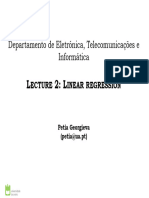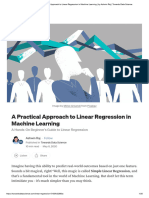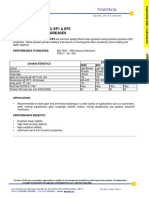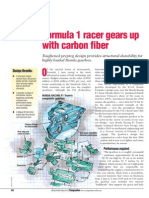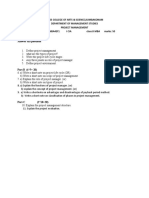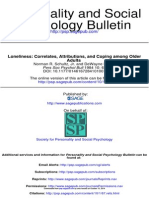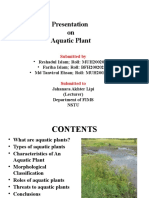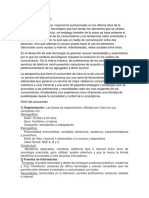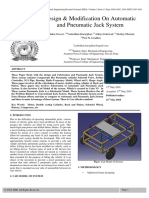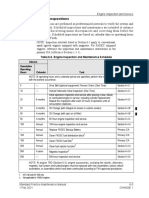0% found this document useful (0 votes)
16 views3 pagesLecture 4
Lecture 4 covers linear regression, including data loading, preprocessing, feature selection, model creation, and evaluation metrics such as MSE, RMSE, and R2. It discusses supervised learning, point estimates, and methods like gradient descent and ordinary least squares (OLS) for model fitting. The lecture also emphasizes the importance of standardizing datasets and cross-validation to prevent memorization in model training.
Uploaded by
Cảnh Nguyễn HữuCopyright
© © All Rights Reserved
We take content rights seriously. If you suspect this is your content, claim it here.
Available Formats
Download as DOCX, PDF, TXT or read online on Scribd
0% found this document useful (0 votes)
16 views3 pagesLecture 4
Lecture 4 covers linear regression, including data loading, preprocessing, feature selection, model creation, and evaluation metrics such as MSE, RMSE, and R2. It discusses supervised learning, point estimates, and methods like gradient descent and ordinary least squares (OLS) for model fitting. The lecture also emphasizes the importance of standardizing datasets and cross-validation to prevent memorization in model training.
Uploaded by
Cảnh Nguyễn HữuCopyright
© © All Rights Reserved
We take content rights seriously. If you suspect this is your content, claim it here.
Available Formats
Download as DOCX, PDF, TXT or read online on Scribd
/ 3



